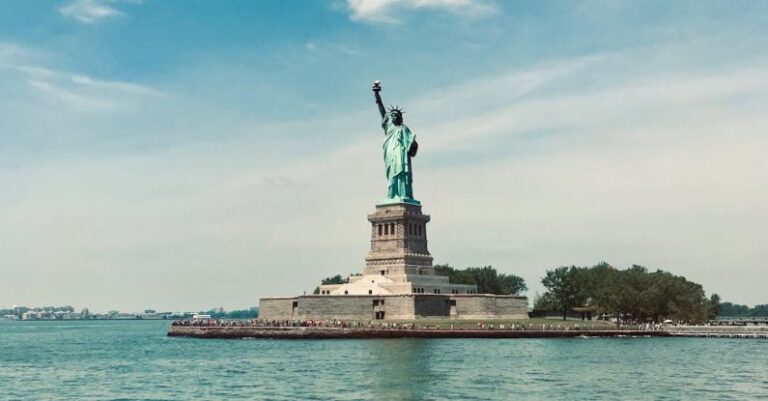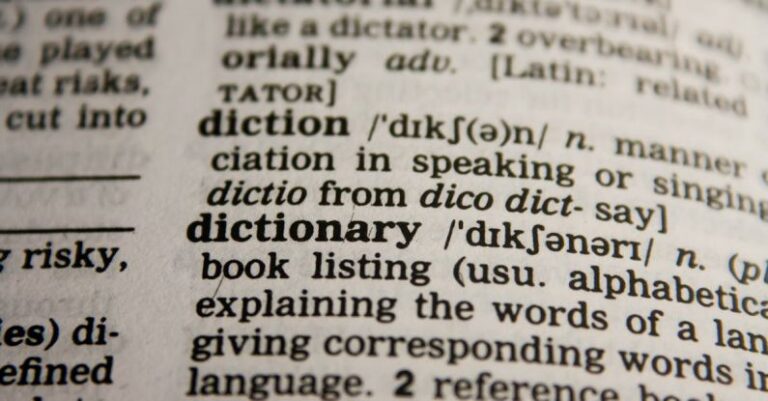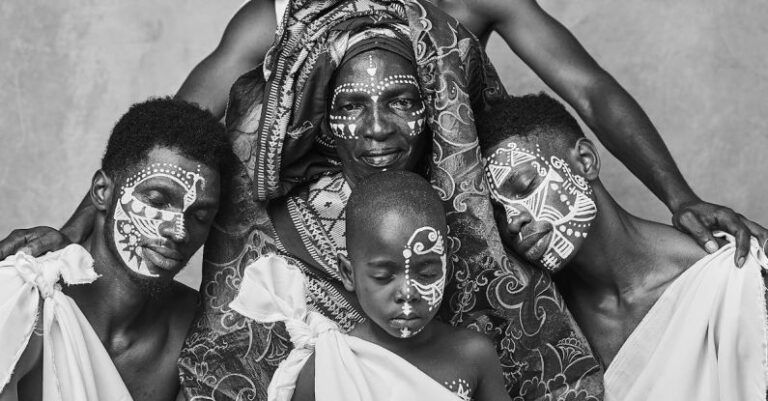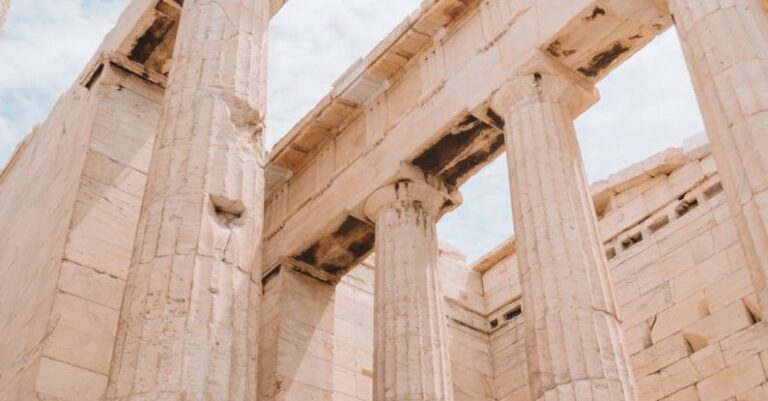
Folk tales are an integral part of cultures around the world, passed down from generation to generation through oral tradition. These stories often contain valuable lessons, cultural beliefs, and entertainment for both children and adults. Understanding the elements that make up folk tales can provide insights into the underlying themes and messages conveyed within these narratives.
Origins of Folk Tales
Folk tales have been a part of human culture for centuries, dating back to ancient civilizations. These stories were initially shared as a way to pass down knowledge, traditions, and moral values from one generation to the next. Over time, folk tales evolved to incorporate elements of fantasy, magic, and supernatural beings, captivating audiences with their imaginative narratives.
Setting and Characters
One of the key elements of folk tales is the setting in which the story takes place. These settings are often fantastical or mythical, transporting readers or listeners to a world filled with enchanted forests, magical kingdoms, or mysterious caves. The characters in folk tales are typically archetypal figures such as heroes, villains, or tricksters, each representing different aspects of human nature.
Themes and Morals
Folk tales are rich in themes and morals that serve to educate and inspire audiences. Common themes found in folk tales include the triumph of good over evil, the importance of kindness and generosity, and the consequences of greed and selfishness. Through the actions and choices of the characters, folk tales convey valuable life lessons that resonate across cultures and generations.
Plot and Conflict
The plot of a folk tale often follows a simple narrative structure, with a clear beginning, middle, and end. These stories are usually linear in nature, focusing on a central conflict or problem that the characters must overcome. The conflict can take many forms, such as a quest for a magical object, a battle against a formidable foe, or a test of character and virtue.
Magic and Transformation
Magic and transformation are recurring elements in folk tales, adding an element of wonder and enchantment to the stories. Magical objects, spells, and creatures are often used to propel the plot forward and create a sense of mystery and intrigue. Characters in folk tales may undergo transformations, both physical and emotional, as they embark on their journey and face various challenges.
Symbolism and Imagery
Symbolism and imagery play a significant role in folk tales, enriching the narrative with deeper layers of meaning. Animals, plants, colors, and objects are often used symbolically to represent abstract concepts or moral values. The vivid imagery found in folk tales helps to create a sense of place and atmosphere, immersing the audience in the world of the story.
Legacy and Adaptation
Folk tales have endured through the ages, adapting to different cultures and mediums while retaining their core elements. These stories continue to be retold and reimagined in various forms, from books and films to plays and music. The enduring popularity of folk tales speaks to their timeless appeal and universal themes that resonate with audiences of all ages.
In conclusion, the elements of folk tales – including setting, characters, themes, plot, magic, symbolism, and legacy – combine to create captivating narratives that entertain, educate, and inspire. By exploring these elements, we gain a deeper appreciation for the cultural significance and enduring legacy of folk tales in our shared human experience.





